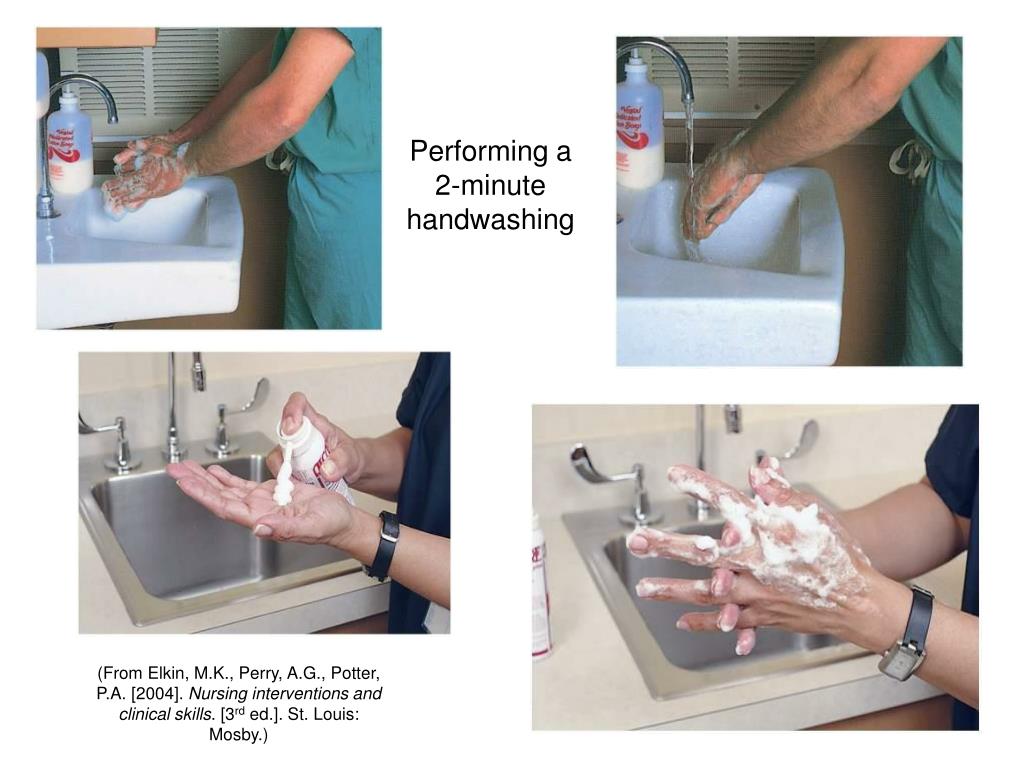

The presence of a pathogen does not predict the onset of an infection.

Routine practices will prevent transmission of microorganisms from patient to patient, patient to staff, staff to patient, and staff to staff. Routine practices must be used by all health care professionals, at all times, with all patients/residents/clients in all health care settings.Checklist 1: Routine Practices Disclaimer: Always review and follow your hospital policy regarding this specific skill. To learn the steps for routine practices, see Checklist 1. The principles of routine practices are based on the premise that all patients are potentially infectious, even when asymptomatic, and IPAC routine practices should be used to prevent exposure to blood, body fluids, secretions, excretions, mucous membranes, non-intact skin, or soiled items (PIDAC, 2012). To reduce, and prevent the spread of, HAIs, routine practices, a system of recommended IPAC practices, are to be used consistently with all patients at all times in all health care settings (Public Health Agency of Canada, 2012b). Additional precautions use personal protective equipment (PPE), such as gowns, eyewear, face shields, and masks, along with environmental controls to prevent transmission of infection. These additional precautions are based on how an infection is transmitted, such as by contact, droplet, or air. When a patient is suspected of having or is confirmed to have certain pathogens or clinical presentations, additional precautions are implemented by the health care worker, in addition to routine practices (PIDAC, 2012). The first, medical asepsis, or clean technique, has been used in the past to describe measures for reducing and preventing the spread of organisms (Perry, Potter & Ostendorf, 2014). The second, sterile technique, also known as sterile asepsis, is a strict technique to eliminate all microorganisms from an area (Perry et al., 2014). Two types of techniques are used to prevent infection in the hospital setting. When used consistently, IPAC practices will prevent the transfer of health care associated infections (HAIs) in all health care settings. HAIs, also known as nosocomial infections, are infections that occur in any health care setting as a result of contact with a pathogen that was not present at the time the person infected was admitted (World Health Organization, 2009a). Infection prevention and control (IPAC) practices are evidence-based procedures and practices that can prevent and reduce disease transmission, and eliminate sources of potential infections (PIDAC, 2012).

1.2 Infection Prevention and Control Practices


 0 kommentar(er)
0 kommentar(er)
